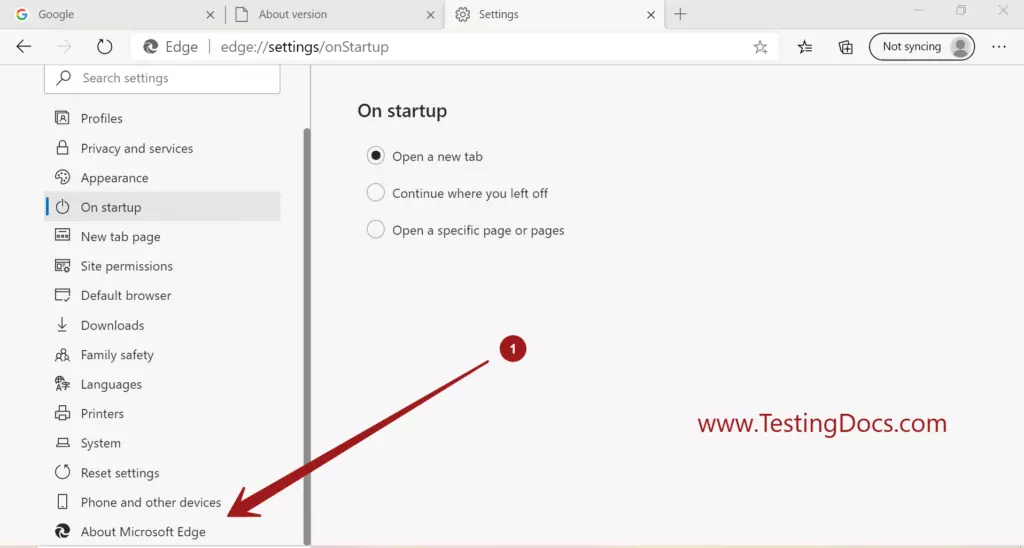

Microsoft Edge is Chromium based and is a faster, more secure, and more modern browsing experience than Internet Explorer and Microsoft Edge Legacy. For more information about importing your browser data, see Import favorites in Microsoft Edge or watch the video Microsoft Edge Import Browser Data Tutorial. To get up and running quickly and seamlessly with Microsoft Edge, import your browser data from Internet Explorer or from Microsoft Edge Legacy. If you don't have it on your device, go to Download and Install Microsoft Edge. Check to see if you have Microsoft Edge on your device by looking for the icon on your taskbar or searching for it in your applications list. Move to Microsoft Edge today for speed and security.
If Windows on a different drive letter, replace C:\ with the proper letter.Experience the web in a whole new way by switching to the Microsoft Edge browser from Internet Explorer or Microsoft Edge Legacy. The version folder number will look something like 1.3.171.39. Navigate to C:\ProgramFiles(x86)\Microsoft\EdgeUpdate. To find the version, right-click the Start menu and select File Explorer. On a 32-bit version of Windows, use the path C:\ProgramFiles(x86)\Microsoft\EdgeUpdate\MicrosoftEdgeUpdate.exe instead. If you have a 64-bit version of Windows 10 or 11, add the location C:\ProgramFiles(x86)\Microsoft\EdgeUpdate\\MicrosoftEdgeUpdate.exe, replacing with the version number that's the highest number in the Edge Update folder. Click Browse and select the location of the latest MicrosoftEdgeUpdate.exe file:. Click Change settings and choose Allow another app. Click Firewall & network protection and select Allow an app through firewall. Press the Windows key on your keyboard, type security, and click Windows Security. 

Some error messages, including "Unable to connect to the Internet" and the codes 0x80072ee2, 0x80072ee7, 0x80072efd, 80072efe, and 0x80072f8f, indicate that Edge might not be permitted through your PC's firewall. Check your Windows Firewall if you see other error codes.







 0 kommentar(er)
0 kommentar(er)
